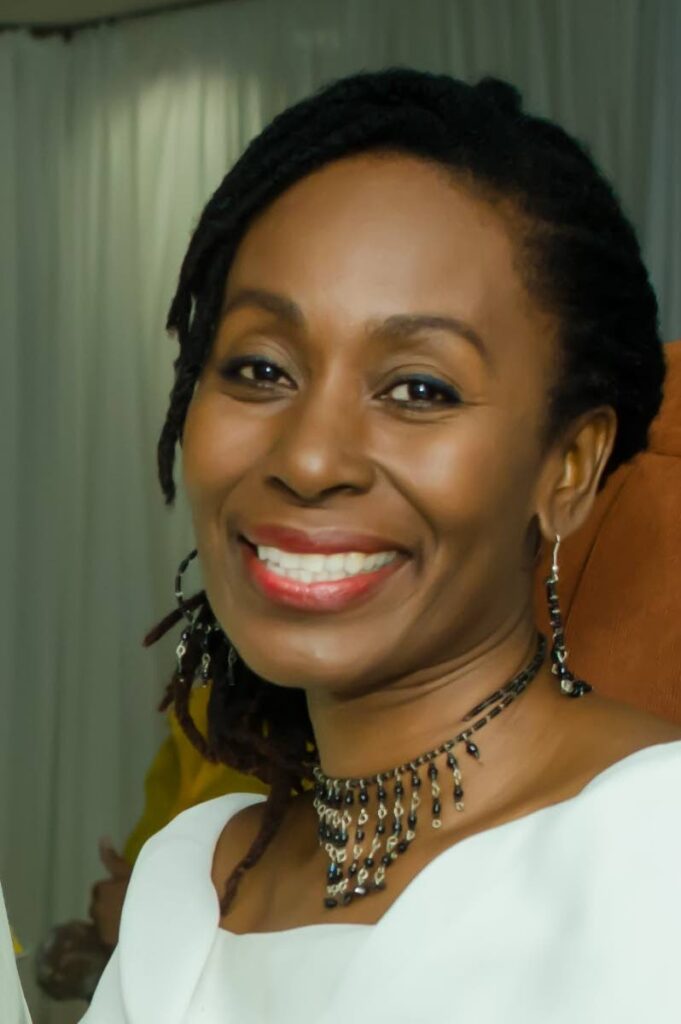Liberate indigenous heritage

Okenaga highway daseena
Okenaga highway daseena
Sa ta na, sa ta na highway daseena
The king is passing
– Black Indian chant shared by Maria Nunes to honour Narrrie Approo, Black Indian masquerade pioneer
Throughout history there have been phenomenal atrocities against mankind, providing every country with what we call contested heritage...If the statue of Christopher Columbus, for instance, is to be removed, it should be preserved at an appropriate location that is still accessible to the public, along with an accurate account of the impact of Columbus’s presence in the New World.
– National Trust, TT
SURISIMA was a calypsonian and a member of the Kalinago peoples (formerly called Carib). The story is told that he and Cariso Jane, a barrack yard calypsonian who was known for “acts of impropriety,” were lovers. Very little is known about Surisima or, indeed, the heritage of our indigenous peoples. This is part of my motivation for writing a series on monuments, signs and street names that should honour the people who built this nation.
Spanish colonialism was responsible for the almost complete decimation of indigenous peoples. In just over a generation, overwork, disease and ill-treatment led to the reduction of their numbers from around 40,000 to just about 4,000 souls. Why then should we celebrate the people responsible for such genocide with statues and other permanent and highly visible monuments?
Researchers make the point that “statues and memorials are part of a wider system of power, making visible or invisible the histories which are seen (or unseen)...” The notion of “contested heritage” points to the fact that since history is usually written by the dominant authority of the time, this often results in making indigenous cultures largely invisible.
Kalinago, Warao, Lokono, Nepuyo, Taino, Arauca, Chaguanes – these are just some of the names of the indigenous peoples who settled here in TT and across the Caribbean. They named Trinidad Kairi or Iere, and gave Tobago her name, probably from the word tobacco. We also know of some of their legacy in the place names such as Mucurapo, Caroni and Arima, in foods like manioc or cassava and words such as barbecue, agouti, pirogue, savannah and hurricane from huracan.
But the times require a deeper understanding of our heritage beyond the superficial. This is essential for true decolonisation of our society. The sole intention of colonial powers was extraction of everything that was valuable to enrich their royal bosses and of course themselves. As noted by Dr Eric Williams, Columbus assured his employers that “God has reserved for the Spanish monarchs, not only all the treasures of the New World, but…(an) infinite number of souls destined to be brought over into the bosom of the Christian Church.”
Thus, when in 1699 indigenous peoples turned their anger on the priests who had enslaved and Christianised the indigenous peoples, history documented this act of resistance as a massacre and not as an uprising in the name of freedom and preservation of ancestral and cultural identity.
Still, the colonials were not able to erase all traces of this beautiful, spiritual culture. Our indigenous ancestors also now speak to us through the masquerade. During enslavement, they often helped enslaved Africans to escape and resist, whether through densely forested mountain trails or on the open waters in their pirogues. Undoubtedly, strong friendships would have developed, even personal relationships. This intermingling of African and indigenous cultures is seen particularly in the Black Indian masquerade, some of the elements of which survived from as far back as the late 1600s, when the Capuchin monks arrived here as missionaries.
Apart from the statue of Hyarima in Arima, there is one in San Juan of an indigenous ancestor and recently, a statue was erected in Moruga to honour the indigenous people of that region. San Fernando Hill is regarded as a sacred site for the Warao, the Cleaver Woods Recreational Park houses some artefacts and history on the community, and in Arima, descendants of indigenous peoples now have land and a centre with historical information and authentic instruments, jewellery, food and other items for sale.
As the world re-examines the relevance of public spaces to issues of racism, inequity and social justice, we have an opportunity for our own soul-searching. We must pull together all these separate aspects of our indigenous culture to reverse the colonial damage and empower future generations.
So, in the Black Indian tradition, “Achi mama, Achi mama – Ah leaving.”
Dara E Healy is a performance artist, communications specialist and founder of the NGO, the Indigenous Creative Arts Network – ICAN


Comments
"Liberate indigenous heritage"